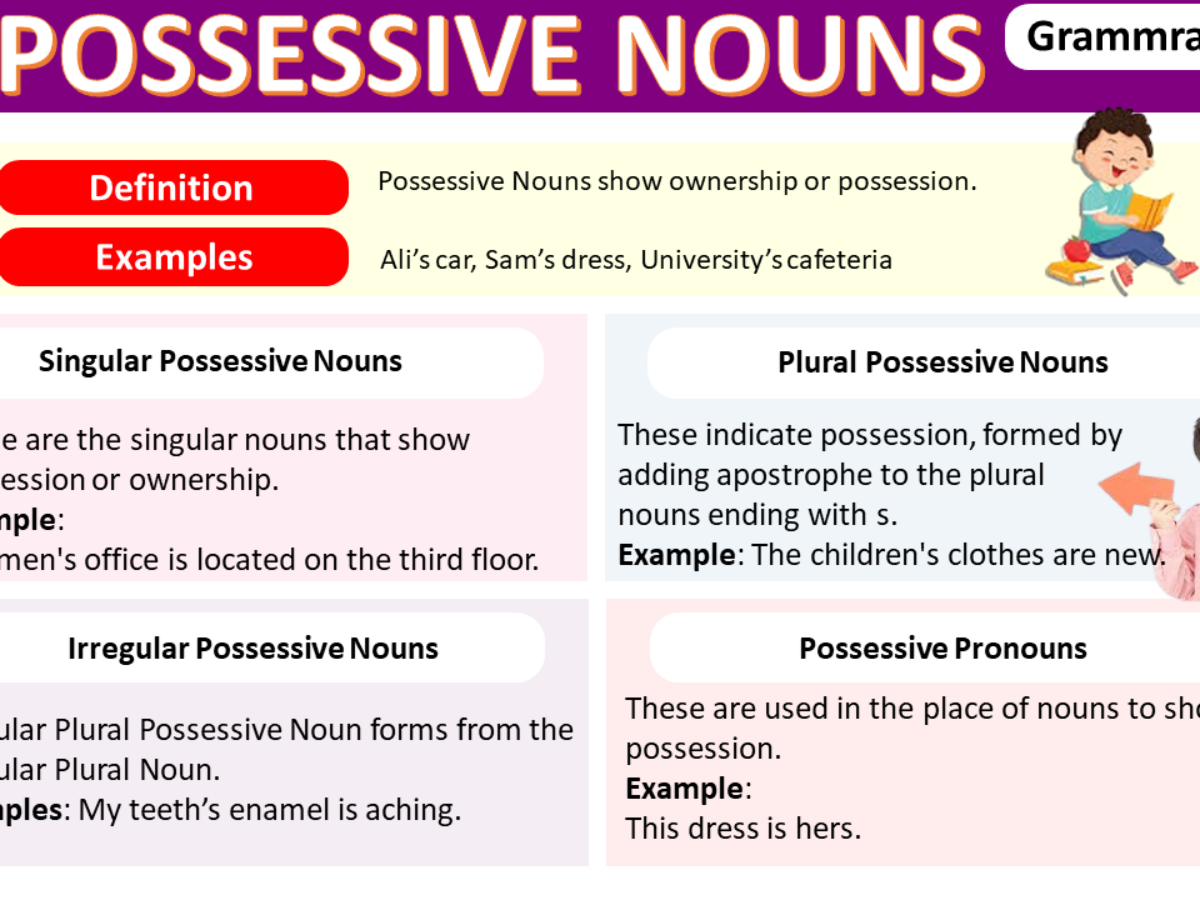Plural and possessive nouns are important elements of grammar that help convey ownership and quantity in a sentence. Understanding the difference between these two types of nouns is essential for effective communication in writing and speaking.
Plural nouns refer to more than one person, place, thing, or idea. They are formed by adding -s or -es to the end of a singular noun. For example, “dog” becomes “dogs” in plural form. Possessive nouns, on the other hand, show ownership or relationship and are formed by adding an apostrophe and an -s (‘s) to the end of a noun. For instance, “the dog’s bone” indicates that the bone belongs to the dog.
Plural and Possessive Nouns
Plural nouns are used when referring to more than one of something. For example, “cats” is the plural form of “cat.” Possessive nouns, on the other hand, show ownership or relationship. For instance, “the cat’s toy” indicates that the toy belongs to the cat.
When using plural possessive nouns, both the plural and possessive forms are combined. For example, “the cats’ toys” shows that the toys belong to multiple cats. It is important to place the apostrophe after the -s in plural nouns to indicate possession.
It is crucial to pay attention to the placement of apostrophes in possessive nouns. Placing the apostrophe incorrectly can change the meaning of a sentence. For example, “the dog’s collar” refers to one dog’s collar, while “the dogs’ collar” indicates that multiple dogs share a collar.
Practice is key to mastering the use of plural and possessive nouns in writing. By identifying when to use plural nouns to indicate more than one and possessive nouns to show ownership, you can enhance the clarity and precision of your writing. Remember to double-check your apostrophe placement to ensure your meaning is accurately conveyed.
In conclusion, understanding the distinction between plural and possessive nouns is essential for effective communication in writing. By mastering the use of these grammar elements, you can convey ownership and quantity accurately in your sentences. Practice using plural and possessive nouns in your writing to improve your language skills and enhance your overall communication abilities.
